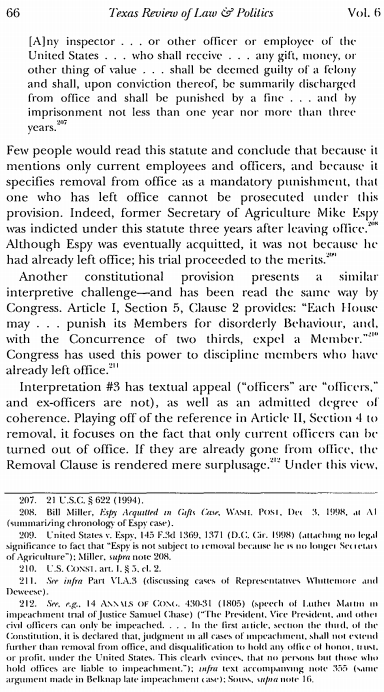I checked the data on previous Supreme Court vacancies near an election. Here's what I found:
Latest vacancy filled before the election: June 10, filled July 24. This was exceptional, though: Justice Hughes resigned in June after the Republicans nominated him for president.
1/8
Latest vacancy filled before the election: June 10, filled July 24. This was exceptional, though: Justice Hughes resigned in June after the Republicans nominated him for president.
1/8
That outlier aside, the latest is March 23 (Waite), filled July 20.
6 other vacancies arose later than that. Of those, 5 were only filled after inauguration. The 6th was filled soon after an election in which the president was reelected.
But that's not the whole picture.
2/8
6 other vacancies arose later than that. Of those, 5 were only filled after inauguration. The 6th was filled soon after an election in which the president was reelected.
But that's not the whole picture.
2/8
10 vacancies arose during the lame-duck (betw. election and inauguration). Of them:
4—filled after inauguration.
3—filled during the lame-duck after the election kept the president's party in power.
3—filled during the lame-duck after the election shifted party control.
3/8
4—filled after inauguration.
3—filled during the lame-duck after the election kept the president's party in power.
3—filled during the lame-duck after the election shifted party control.
3/8
Let's look at those last 3 cases:
1. After John Adams's defeat, Chief Justice Ellsworth resigned. Adams nominated John Marshall and he was confirmed unanimously on January 27 (back then presidential terms ended March 4).
2. The controversial exception: Justice Barbour...
4/8
1. After John Adams's defeat, Chief Justice Ellsworth resigned. Adams nominated John Marshall and he was confirmed unanimously on January 27 (back then presidential terms ended March 4).
2. The controversial exception: Justice Barbour...
4/8
...died on February 25, 1841. Van Buren (Democrat) had lost to Harrison (Whig). With under a week left in his term, Van Buren nominated Peter Daniel. Senate Democrats confirmed Daniel over strenuous objections from the Whigs, who were set to take the majority in a few days.
5/8
5/8
3. Justice Lamar died in February 1893, after Cleveland (Democrat) had defeated Harrison (Republican). Harrison nominated Howell Jackson, who was confirmed unanimously. Significantly, Jackson was a Democrat, appointed to the 6th Circuit by Cleveland in his previous term.
6/8
6/8
Honorable mention: Justice Thompson died in December 1843. President Tyler nominated 4 men between January and June 1844, all unsuccessfully. In February 1845, after his successor Polk's election, Tyler nominated the respected Samuel Nelson, who was confirmed unanimously.
7/8
7/8
So a Supreme Court confirmation now would be historically unusual. This late, we typically wait to see how the election goes.
With only one exception (Daniel), every contrary precedent involved a nominee who won unanimous Senate approval—an unimaginable prospect today.
8/8
With only one exception (Daniel), every contrary precedent involved a nominee who won unanimous Senate approval—an unimaginable prospect today.
8/8
(Postscript: this does not consider Earl Warren, who announced his retirement in June 1968, but only effective upon the confirmation of his successor. The nomination of Abe Fortas to replace him failed; Warren Burger was successfully nominated by Nixon after the election.)
9/8
9/8
(Post-postscript: this thread examined when vacancies were finally filled. But post-3/23 election-year vacancies also spurred 8 failed nominations.
Also, 2 lame-duck vacancies saw failed nominations; both nominees were re-nominated and confirmed after inauguration.)
10/8
Also, 2 lame-duck vacancies saw failed nominations; both nominees were re-nominated and confirmed after inauguration.)
10/8
Oops. It's 8 vacancies that arose during the lame-duck. Of them:
2—filled after inauguration.
3—filled during the lame-duck after the election kept the president's party in power.
3—filled during the lame-duck after the election shifted party control.
3a/8
2—filled after inauguration.
3—filled during the lame-duck after the election kept the president's party in power.
3—filled during the lame-duck after the election shifted party control.
3a/8
• • •
Missing some Tweet in this thread? You can try to
force a refresh






